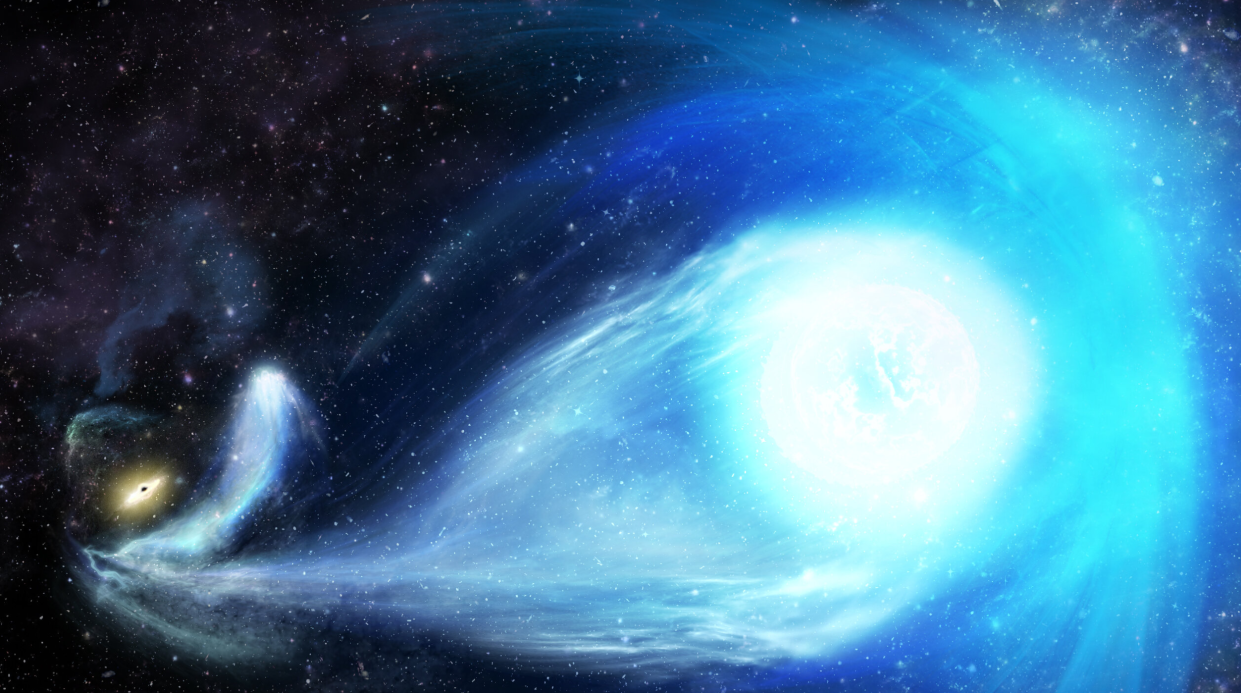‘Runaway’ star spotted blasting across our galaxy at 3.7 million miles per hour

A runaway star has been spotted blasting across our galaxy at 3.7 million miles per hour - having been hurled out of a huge black hole.
The star, known as S5-HVS1, was discovered by Sergey Koposov from Carnegie Mellon University, and was hurled across the galaxy when human ancestors first walked on two feet.
It was once part of a binary star system, but wandered too close to the huge black hole at the centre of the Milky Way five million years ago.
READ MORE
Incredible image of Mercury skimming the burning surface of the sun
NASA satellite captures incredible beauty of UK seen from space
Why Iran’s nuclear escalation goes unchallenged
Why cybersecurity should matter to your small business
High-velocity stars were discovered two decades ago and since then have fascinated astronomers.
Scientists say S5-HVS1 is unprecedented due to its high speed and close passage to the Earth - only 29,000 light years away.
It’s travelling so fast that it will one day travel out of the Milky Way.
Located in the constellation of Grus - the Crane - it was found to be moving 10 times faster than most stars in the Milky Way at six million km/h (3.72 million mph).
Douglas Boubert, from the University of Oxford, a co-author on the study, said: "The velocity of the discovered star is so high that it will inevitably leave the Galaxy and never return."
Professor Koposov, lead author of the study, said: "This is super exciting as we have long suspected that black holes can eject stars with very high velocities.
"However, we never before had a clear association of such a fast star with the Galactic Centre.
"We think the black hole ejected the star with a speed of thousands of kilometres per second about five million years ago.
"This ejection happened at the time when humanity's ancestors were just learning to walk on two feet."
Ting Li, from Carnegie Observatories and Princeton University, and leader of the S5 Collaboration, said: "Seeing this star is really amazing as we know it must have formed in the Galactic Centre, a place very different to our local environment.
"It is a visitor from a strange land."

 Yahoo News
Yahoo News 
